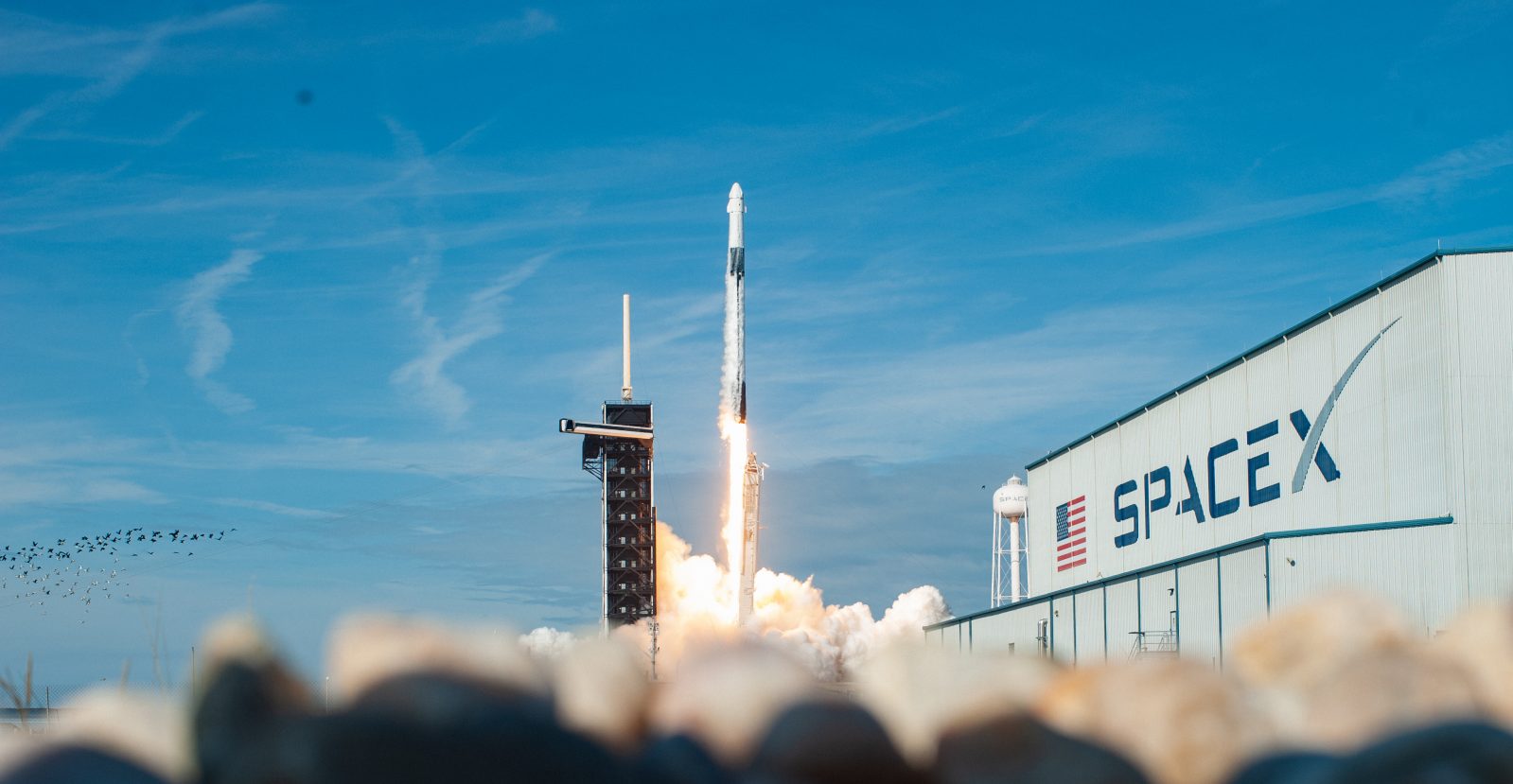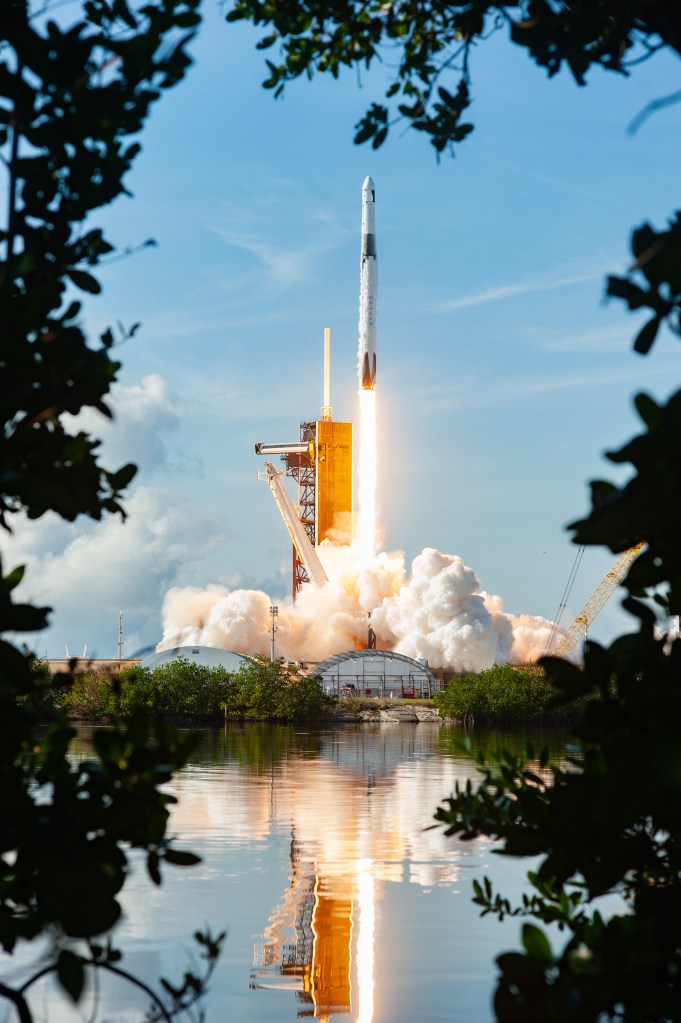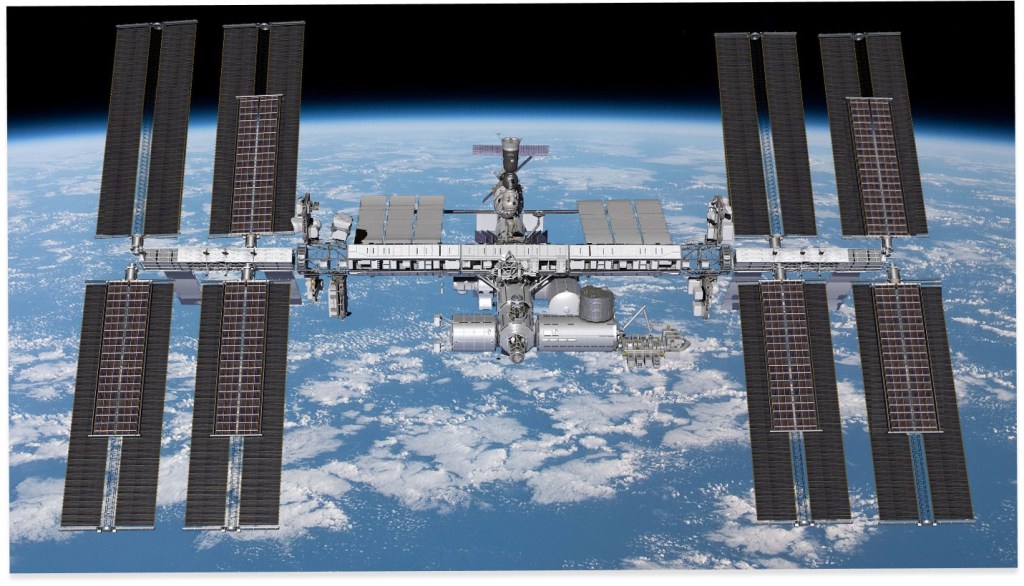
NASA and SpaceX teams successfully sent another Cargo Dragon spacecraft to the ISS on Saturday (November 26). The spacecraft is expected to remain at the Space Station for 45 days.
Overview
Against the backdrop of crystal-clear skies on the Space Coast in Florida, teams at NASA and SpaceX launched another commercial resupply mission, providing astronauts aboard the ISS with further essentials and science experiments. Lift-off occurred from historic LC-39A on November 26 at 2:20 p.m. ET (19:20 UTC) as Falcon 9’s nine Merlin engines lit up Kennedy Space Center for the umpteenth time this year.
After a scrub due to weather on November 22, the countdown to launch on Saturday was a smooth one. Following ignition, Falcon 9’s ascent sequence was faultless. B1076, on its first flight, then conducted a boostback burn. This reduces the transit time from landing on the drone ship to the drone ship returning to Port Canaveral, reducing turnaround time between flights for the booster. As is the norm now, SpaceX successfully landed B1076 on the veteran Just Read The Instructions droneship. Soon after, Cargo Dragon C211, also on its first flight, separated from Falcon 9’s second stage as its journey to the ISS began.

Seventeen hours after launch, Dragon safely docked to the Harmony module of the ISS on Sunday (November 27) at approximately 7:30 a.m. ET (12:30 UTC). The seven astronauts currently aboard the orbiting laboratory will be unpacking the supplies in the coming days.
What was onboard?
Dragon carried around 7,700 pounds of supplies to the ISS with the means of feeding the crew and equipment to conduct vital science experiments. Some of the cargo launched includes new solar arrays, moon microscope experiments, and a plant growth unit.
The two new solar arrays, officially known as International Space Station Roll-Out Solar Arrays (iROSAs), will help upgrade the power on the Space Station. Once all six solar arrays (two have already been deployed, with these two soon to follow) have been installed, electricity aboard the ISS is expected to increase by 20 to 30%, marking a significant improvement. The same technology adopted by these solar arrays has also been used on NASA’s recent DART mission and is to be used on Gateway. This is the US space agency’s planned future lunar space station.

Next, there are the moon microscope experiments in which the astronauts will collect their blood samples. Following collection, the microscope will capture images which will then soon be downlinked to Earth. There, surgeons can examine the samples and monitor any potential issues and any treatment which may be required.
Perhaps, the most important of the experiments is Veg-05. Previously, a plant growth unit aboard the ISS has undergone testing to grow fresh foods such as greens in space. Now, with Veg-05, the focus has turned to grow small tomatoes.
What next?
To follow the progress of the installation of new solar arrays and the outcomes of numerous experiments, keep an eye on nasa.gov and NASA’s various Twitter accounts.
The next commercial resupply mission is no earlier than January 10, where Dragon will deliver further supplies to the orbiting laboratory.
FTC: We use income earning auto affiliate links. More.




Comments